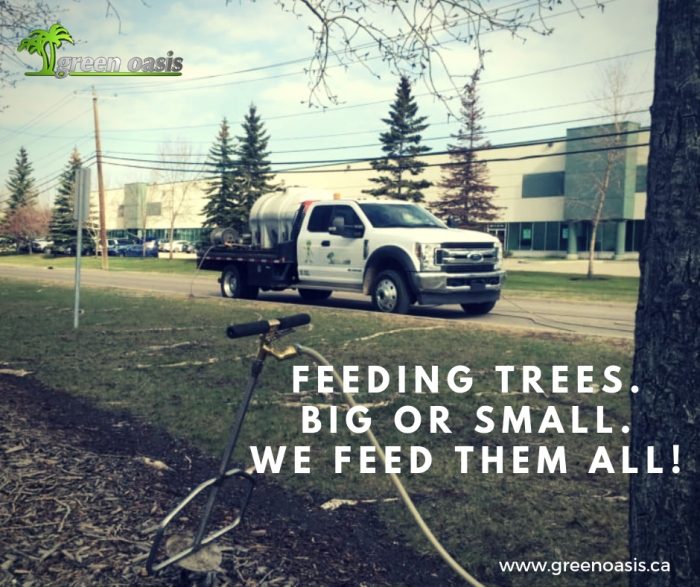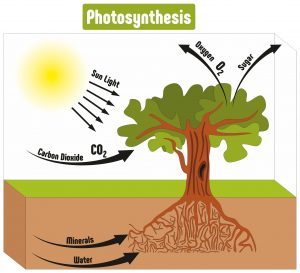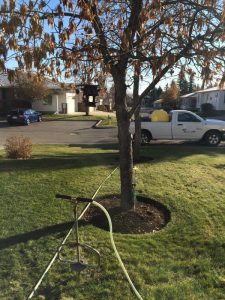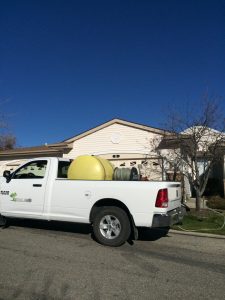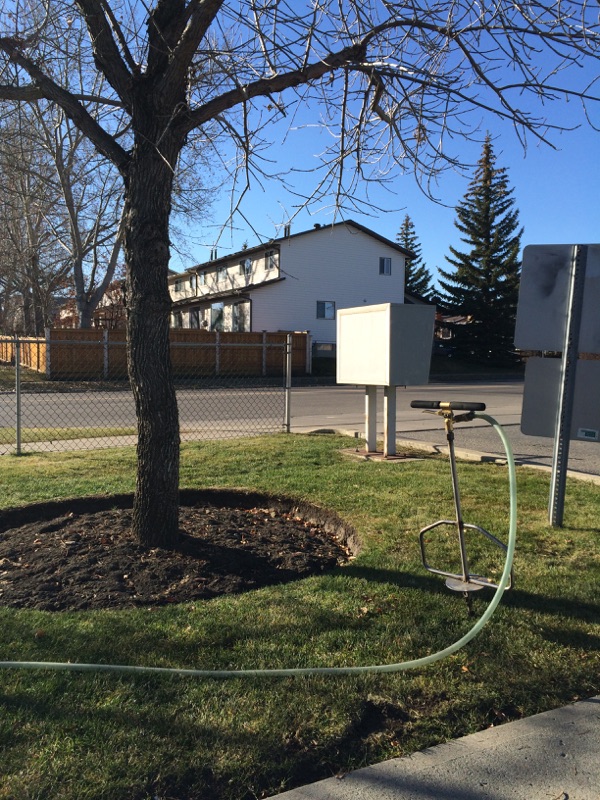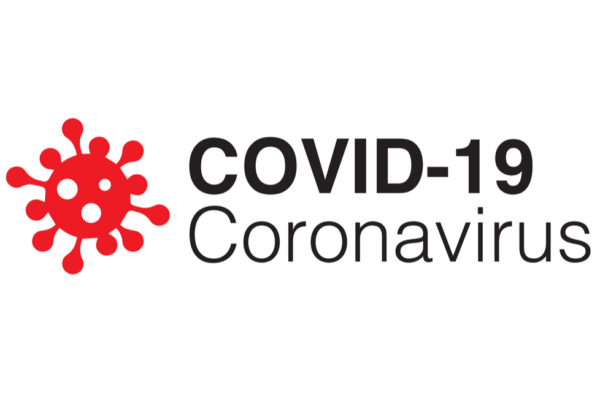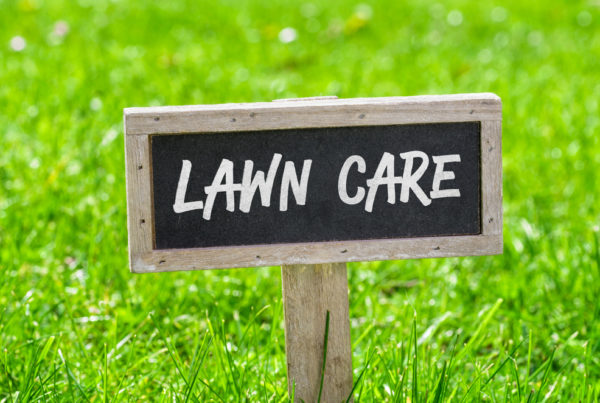Have you ever wondered what makes trees and shrubs grow and flourish?
Trees need food to be healthy and grow, just like any other living thing. They get the ‘food’ they need to survive from nutrients and minerals in the soil and photosynthesis.
We couldn’t resist sharing this excerpt from “Super Teacher Worksheets Website” to describe this process.
A Tree is Like a Hungry Kid
By Mikki Sadil
What do you do when you are hungry? If you’re like many people, you probably like something sweet for a snack. A tree is like a hungry kid because it needs food to grow, and it prefers sugar. It’s not exactly the same sugar we find in candy and cookies, but it is a special kind called glucose that makes trees grow.
You might be thinking, How does a tree eat the food (sugar)? It doesn’t even have a mouth! True, trees don’t have mouths. They do have roots to take in water and minerals, but they don’t really get food through their roots either. Trees make their sugar in their leaves. The sugar is sent from the leaves into the branches, trunk, and even the roots. When a tree “eats,” it is moving sugar from the leaves to all its other parts.
Photosynthesis occurs when a tree uses the sunlight and chlorophyll to convert carbon dioxide and water into glucose. The tree needs to eat this glucose to grow, and we know it is eating because the leaves are turning green. It isn’t the glucose which turns the leaves green, however, it is the chlorophyll.
Trees grow the most in the spring and summer, where there is a lot of sunshine every day. When fall begins, the days grow shorter and there is less sun. This alerts the tree to begin getting ready for winter. The leaves begin to turn red, orange, gold, and brown, because with less sunlight and water for photosynthesis, the green chlorophyll begins to disappear.
The leaf colors we see in the autumn have been in the leaves all along, but with so much green chlorophyll, we can’t see them until the chlorophyll is gone. As winter begins to approach, the tree uses the food it has stored during the spring and summer, and goes into a rest period. Actually, the tree hibernates…just like bears do! The only difference is that bears lie down in a cave to sleep, and trees lose all their leaves and stand up to sleep.
Source: https://www.superteacherworksheets.com/reading-comp/4th-photosynthesis_WMTFZ.pdf
In order for the trees in your front and backyard to flourish, grow and be healthy in Alberta’s sometimes harsh climate in Calgary, Red Deer, and surrounding areas, they may benefit from Deep Root Fertilization.
Your largest landscape investment is often your trees and shrubs. Help them to look healthy and lush and to achieve their full growth potential, with Deep Root Fertilization. Deep Root Fertilization allows nutrients to go directly to the roots, making them easily available for intake. Your trees and shrubs will thank you.
What is Deep Root Fertilization?
Deep Root Fertilizing involves strategically injecting specially blended liquid soil formulations (a combination of minerals and nutrients) around your trees so that they can be easily absorbed by the roots of your tree. This provides your trees and shrubs with the nourishment they require to keep them looking healthy and strong year round.
You may wonder why your landscaped trees need fertilizing when trees in their natural environments don’t.
In trees natural woodland environment, leaves and branches provide a natural organic fertilizer. However, in the city, most homeowners don’t want to leave leaves on their lawn over the winter, so they rake them up and remove them and the trees don’t get the benefits of nature’s fertilizer that they need.
When is the Best Time to Fertilize your Trees and Shrubs?
Fall is generally the best time of year to fertilize your trees and shrubs, however it is recommended to do this twice per year in the spring and fall.
Plants stop sending water and minerals up to the leaves come fall. Instead, they will use these nutrients to increase root mass and to store up food for the winter. The changing of the color and dropping of leaves accompanies this phase of the growth cycle.
By fertilizing in the fall, you allow the trees and shrubs to store up food as it sees fit for next year’s growth. Some call this a dormant feeding, since above ground growth has stopped. But underground these plants are not dormant at all. The roots are very active (until the ground freezes) and will grab the fertilizer quickly. You can apply fertilizer much heavier at this stage without worrying about leaf burn or flower drop.
Signs that your Trees and Shrubs can use Fertilizing
Some signs that your trees could use a Deep Root Fertilization:
- Trees and shrubs are slow growing
- Dull foliage
- Tree has pests such as aphids. A healthy tree is better suited to fight off pests and other pathogens
- Trees are mature and appear to be stressed or not looking as healthy as could be
- Trees are young and in growth cycle
Advantages of Tree and Shrub Deep Root Fertilization
Some of the advantages and benefits of Tree and Shrub Deep Root Fertilization:
- Creates spectacular foliage
- Encourages new growth
- Improves overall health of trees and shrubs
- Helps trees and shrubs withstand the harsh Alberta climate better
Green Oasis offers a Spring and Fall Deep Root Fertilization for Trees and Shrubs. Click on this Brochure to learn more on this service.
Contact our team today in our Red Deer or Calgary locations if you would like to book a service or have any questions.

